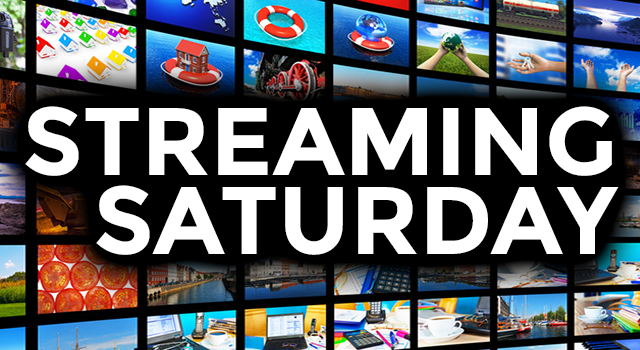Dear friends, I once again fill in for Jake Buckler. He’s been pulled into some sort of mess in the office and this “apparently” is causing him to forget his #1 responsibility: Entertaining our readers. Maybe he’ll be back next week.
Streaming video can’t be ignored. Ten years ago it was a curiosity, a little something to play with when you weren’t watching pay TV or a Blu-ray disc. Today you hardly need me to tell you it’s just “the way” people watch television. Traditional pay TV is still very much alive, but streaming is becoming more important by the day. That’s why AT&T is putting so much effort into its streaming options while keeping satellite TV more or less on an even keel.
A little history of streaming boxes
As far as I can tell, Roku produced the first streaming box in 2008. It was a little device that ran Netflix’s nascent streaming service and little else. Hulu was brand new at that time as well, and really there weren’t a whole lot of other streaming services back then.
I’ll note that the first-generation AppleTV device predates the Roku. It was unveiled back in 2007, but that first-generation box didn’t stream. All it did was connect to your media library. The second-gen box, the one with actual streaming apps, didn’t come until 2010.
Roku and AppleTV took two different paths. Roku kept introducing less and less expensive hardware while AppleTV got more expensive. At the same time, TVs and Blu-ray players also added smart features, but these devices often lacked the power you need to run these apps comfortably.
The other players
Google’s attempt at a streaming device, the Chromecast, was fine but people didn’t jump into it as much as they did one of the other players. The only other company to be successful with a streaming device has been Amazon with its FireTV. FireTV combines a low price and high level of polish, and of course you can get it on Amazon which was not always true of Google or Apple products.
Fast-forward to 2019 when Roku has a full-featured 4K streaming box you can get for well under $100 while the AppleTV 4K is about $200 at reputable retailers. Fire TV is the most common player because, well, Amazon. Apple is well behind the others in terms of units sold. (A note: none of these manufacturers will allow their products to be sold at Solid Signal.)
So to recap, Apple wasn’t first, they aren’t necessarily best, and they’re more expensive.
And they won.
Hey Stuart, how can you say that?
I’ll admit it looked pretty bad for Apple when their 4K player was about three times the price of a Fire TV 4K. And then something weird and totally unexpected happened. Apple made hardware irrelevant.
See, AppleTV boxes were the only ones that could work with iTunes. Sure, their boxes didn’t work with Google Play Video but realistically no one cares about that. But, if you were part of the Apple ecosystem, an AppleTV box gave you all your media, all your shared stuff, and it also supported Prime Video, Vudu, Hulu, Netflix… in fact all of the popular apps.
But that’s not why I say they won. As I said, it’s because they made hardware irrelevant.
First of all, Apple partnered with Disney, Google, and Walmart (who own Vudu) for Movies Anywhere. This app connects all the media companies together so that if you bought a movie on one app it shows up on all your apps. It works really well for about 90% of movies, but the other 10% come from studios who don’t allow access to Movies Anywhere. (I don’t know why.)
This might have seemed like a loss. After all, now you aren’t tethered to Apple for the movies you got on iTunes. But it was a win because it made movie watching easier. That made people more dependent on their streaming boxes.
And then, the real smart idea. Apple’s TV app started showing up on other players. First, it showed up on Samsung Smart TVs. Then, and most importantly, on Roku devices and Fire TV devices. The goal was to give all these devices access to AppleTV+, their new streaming service. But it also introduced the Apple experience to all the people on all the boxes.
Super smart.
Because now, it really didn’t matter which box you had. Apple never claimed to make money from AppleTV. They repeatedly called it a fun project, never a moneymaker. Now, people can use whichever media player they want and still get their iTunes content and stream AppleTV+.
Apple has pulled off the nearly impossible task of becoming a content company, when we all thought they were a hardware company. Roku tried to, but when was the last time you saw anything about The Roku Channel? You can say Amazon beat them to the punch, but Amazon was never known as a hardware company. No, this round goes to Apple. I pick on them a lot when they deserve it, but this time they don’t.





